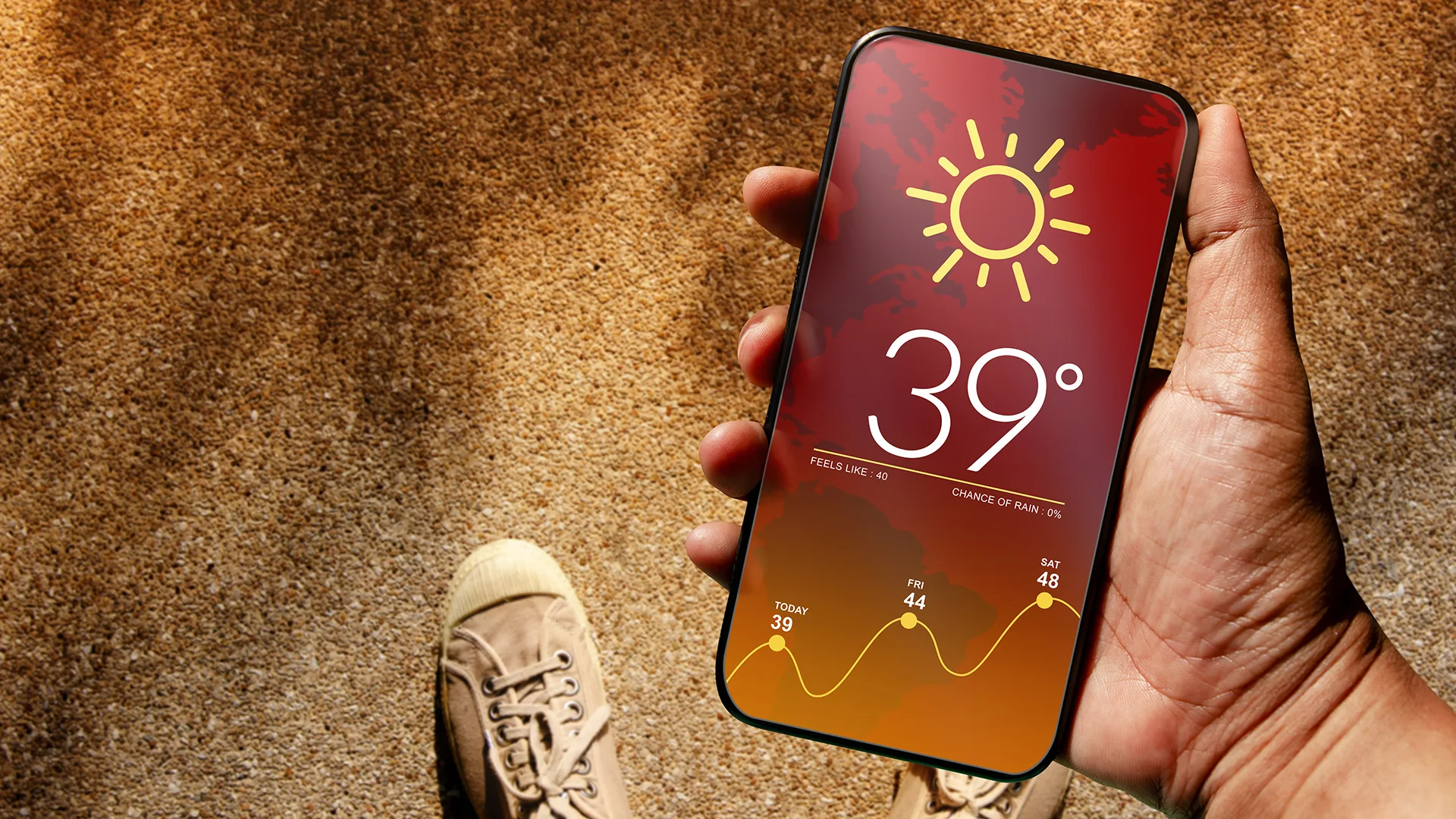Imagine trying to stream a movie during a thunderstorm or send an email while the summer heat is melting everything around you. It’s frustrating, but not random—weather truly affects how the internet performs. From heavy rain to freezing snow, each condition has a different impact on your connection’s reliability.
Weather and Internet: A Connection You Don’t Always See
Most people think of internet problems as something that happens because of software updates or router issues, but weather can play a surprisingly big role too. When the skies turn wild, signals often struggle to move efficiently through the air, especially for connections that depend on wireless transmission or satellite communication.
Renowned fiber internet Wisconsin providers claim that extreme weather events such as hurricanes, snowstorms, and floods also tend to damage the infrastructure that keeps the internet running smoothly. Power lines go down, underground cables flood, and signal towers can lose alignment. What starts as a simple rainstorm can quickly turn into a full outage if conditions get rough enough.
The truth is, not every type of connection is built to handle this kind of punishment. While fiber-optic networks are more resilient, satellite and fixed wireless services can suffer severely during heavy weather. Understanding these differences helps people know why some homes stay online while others go dark.
It’s common for even major ISPs to experience temporary outages during severe conditions. These interruptions can range from short-term lag to multi-hour disconnections. The more intense the storm, the greater the likelihood that something along the communication line takes a hit. Staying aware of this connection between weather and internet helps set realistic expectations.
Rain and Moisture Effects on Signal Strength
Rain might seem harmless, but it has a sneaky way of disrupting signals that rely on air travel. Water molecules absorb and scatter radio frequencies, which makes it harder for the signal to reach its destination cleanly. The result is slower speeds and weaker connectivity during heavy downpours, especially for rural or remote areas.
Satellite and fixed wireless internet connections are the most sensitive to this kind of interference. Even moderate rain can cause a noticeable drop in signal strength. When the rain intensifies, the signal can fade altogether, leading to frustrating lag or full disconnection. It’s something many users experience without realizing what’s causing it.
Fiber-optic cables, however, perform much better in wet weather. They transmit data using light instead of radio waves, meaning the rain has little to no impact on speed or reliability. That’s one of the main reasons why fiber is becoming the gold standard for both homes and businesses looking for consistent connectivity.
Still, over time, persistent exposure to moisture can cause corrosion in outdoor copper cables and connectors. This corrosion leads to poor conductivity, data loss, and eventual equipment failure. Regular maintenance and proper waterproofing can make a significant difference, especially in regions where rain is a constant presence.
Wind and Physical Damage to Infrastructure
Strong winds can wreak havoc on power and communication lines. When gusts start tearing through neighborhoods, antennas bend, poles snap, and overhead cables sway violently. Even if the infrastructure survives, it often needs realignment afterward to restore optimal performance. These are physical issues that directly translate into connection problems.
When poles or cables collapse, DSL and cable internet users are the first to notice. Their connections depend on stable physical wiring that runs along streets or underground. Once that path is disrupted, data flow stops instantly. It’s a reminder that even in the digital age, the internet still depends on very tangible hardware.
Wireless towers face a different kind of challenge. They can lose alignment when high winds hit, throwing off the accuracy of the signal transmission. Even small shifts can degrade performance noticeably. This is especially frustrating in rural areas where wireless towers are often spaced far apart, leaving fewer options for strong coverage.
Unfortunately, when windstorms are ongoing, repair crews can’t always access damaged areas immediately. Safety comes first, which means that restoring service can take hours or even days. Having a backup mobile connection or pre-downloaded content can help during these interruptions until repairs are safely made.
Snow, Ice, and Cold Weather Challenges
When winter arrives, ice buildup becomes one of the primary obstacles to connectivity. Frozen cables, power lines, and outdoor equipment can all suffer structural damage as temperatures drop. The expansion and contraction caused by freezing water inside cables can eventually wear them down, resulting in slower speeds or complete signal loss.
Snow itself isn’t much kinder. It can pile up around antennas, satellite dishes, and wireless transmitters, blocking or reflecting signals in unpredictable ways. People often notice weaker connections during blizzards, not because their router is failing, but because the signal can’t cut through the snow layer effectively.
Heatwaves and High Temperatures
When temperatures climb, internet equipment doesn’t handle it well. Routers, modems, and even fiber terminals generate heat naturally, so when the surrounding air is already hot, they can easily overheat. This causes signal drops, slower speeds, and occasional reboots that can interrupt your work or streaming sessions without warning.
Outdoor network hardware is even more vulnerable. Components inside junction boxes, poles, and roadside cabinets often operate without air conditioning. When heatwaves hit, the internal temperature can climb beyond safe limits, forcing devices to throttle their performance or shut down entirely. It’s not a software glitch—it’s a survival mechanism for the hardware.
Heatwaves and High Temperatures
High temperatures can also affect the materials that make up cables and connectors. Plastic insulation and metal components expand in heat, and over time, that expansion loosens connections and weakens data transmission. This is especially common in older infrastructure where the equipment wasn’t designed for today’s more extreme weather patterns.
There’s also the indirect impact of power grid stress. During a heatwave, everyone cranks up air conditioning, putting huge pressure on the energy network. This can cause voltage drops or local outages, instantly knocking out internet service. Having a backup power source or a mobile hotspot can make those interruptions easier to handle.
Battery-powered networking devices, such as outdoor routers or repeaters, also struggle in low temperatures. Their efficiency drops significantly, resulting in shorter operating times and slower performance. Keeping such equipment in insulated or covered areas can help minimize these problems through the harshest parts of the winter season.
The good news is that fiber-optic cables remain largely unaffected by cold. Since they rely on light rather than electrical current, they don’t suffer the same performance loss as copper wires in freezing weather. This makes them a more stable option in regions where sub-zero temperatures are common.
Wrap Up
Ultimately, the weather will always have some impact on internet speed and reliability. Still, knowing how and why it happens helps you stay prepared. With the right equipment, good maintenance, and a few smart precautions, you can keep your connection strong— no matter what’s happening outside.




